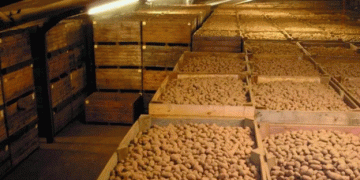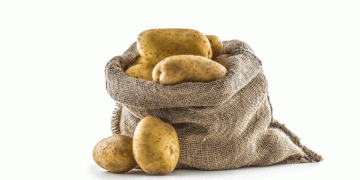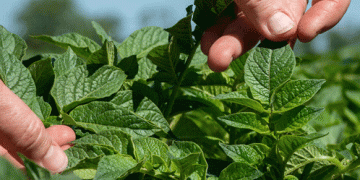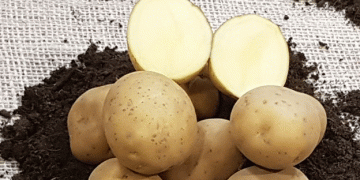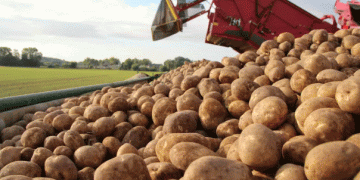Exploring the Historic Role of Central Oregon in American Potato Production
Central Oregon’s rich agricultural history is marked by a fascinating chapter that nearly established the region as the premier potato capital of the United States. Today, we look back at how the ambitious vision of early farmers and the evolution of potato production in the area paved the way for some of America’s most beloved potato products, including the iconic Ore-Ida tater tots.
A Vision for Potato Dominance
In the early 20th century, Central Oregon emerged as a potential hub for potato production in the United States. The region’s unique climate, fertile soil, and innovative farming techniques positioned it as a prime candidate for leading the nation’s potato industry. Central Oregon farmers quickly recognized the potential for large-scale potato cultivation and set out to capitalize on these natural advantages.
One of the key figures in this movement was the local agricultural pioneer who saw the promise in Central Oregon’s environment for growing high-quality potatoes. By leveraging the area’s long growing season and abundant water resources, these early farmers began to experiment with various potato varieties and farming methods to maximize yields and improve crop quality.
The Rise of Ore-Ida: A Central Oregon Legacy
The culmination of these efforts was the creation of Ore-Ida, a brand that would go on to become synonymous with high-quality potato products. Founded in 1952, Ore-Ida was a direct result of Central Oregon’s early success in potato cultivation. The name “Ore-Ida” reflects the origins of the company, which was a collaboration between Oregon and Idaho—two states with significant potato-growing histories.
Ore-Ida’s success was built on the back of Central Oregon’s robust potato farming industry. The company’s commitment to producing superior potato products, such as the now-famous tater tots, was made possible by the high-quality potatoes grown in Ontario, Oregon. This success story is a testament to the early vision of Central Oregon’s farmers and their dedication to establishing a strong agricultural foundation.
The Impact of Climate and Soil Conditions
Central Oregon’s climate and soil conditions played a crucial role in the region’s potential to become a major player in the potato industry. The area’s high elevation, cool temperatures, and well-drained volcanic soils created ideal conditions for growing potatoes. These environmental factors contributed to the production of potatoes with the perfect texture and flavor, making them well-suited for a variety of products, from fresh market potatoes to processed foods.
Challenges and Setbacks
Despite these promising conditions, Central Oregon’s rise as the potato capital of the United States faced several challenges. As the potato industry evolved, competition from other states and regions increased. Advances in technology and farming practices elsewhere also put pressure on Central Oregon’s potato farmers. Additionally, logistical issues related to transportation and market access made it difficult for Central Oregon’s potatoes to reach national and international markets as efficiently as those from other regions.
The rise of Idaho as the dominant potato-producing state further overshadowed Central Oregon’s early successes. Idaho’s established infrastructure, larger-scale operations, and aggressive marketing strategies helped cement its position as the leading potato state in the U.S.
Preserving a Legacy
Today, while Central Oregon may not hold the title of potato capital, the legacy of those early agricultural pioneers lives on through the success of the Ore-Ida brand and the continued importance of the region in the potato industry. The historical impact of Central Oregon’s potato production efforts is a reminder of the area’s potential and the enduring influence of its agricultural history.
As Central Oregon’s agricultural sector continues to evolve, there are opportunities to revisit and build upon the region’s historical successes. Innovations in potato farming techniques, advancements in crop management, and a renewed focus on quality could once again position Central Oregon as a key player in the national potato industry.
Future Prospects for Central Oregon’s Potato Industry
Looking ahead, Central Oregon’s potato industry has several avenues for growth and development. Advances in agricultural technology, including improved seed varieties and enhanced crop management practices, offer opportunities for the region to increase production and enhance the quality of its potato crops.
Additionally, there is growing interest in sustainable farming practices that could benefit the Central Oregon potato industry. By adopting new technologies and focusing on environmental stewardship, the region could strengthen its position in the competitive potato market and honor its historical legacy.

